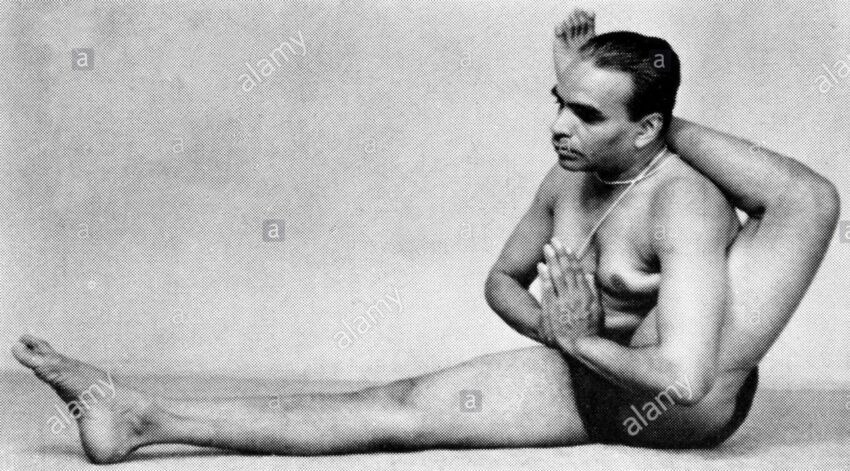
The Art of Iyengar Yoga
We have all heard the word Yoga at some point in our lives, although it is imperative to know its deeper meaning. Because yoga means ‘union’, ‘effort’ and comes from the Sanskrit root “Yuj”.
And its aim is the reunification of our being with the Whole to help us access the supreme consciousness that leads us to enlightenment.
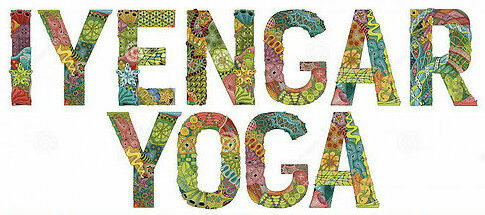
Although I would like to introduce you to ¨Iyengar Yoga¨ if you don´t know it just yet, inviting you to open a magical door that will take you to the art of your divine temple, your own body. And I say this because Iyengar is not just any yoga, but the Art of Yoga is different from other types by its precision and intensity, sequence, and use of props.
If you want to find out more keep reading, as I know when you finish this article you probably want to start practicing and realize what yoga is and why Iyengar Yoga is different!
1. What is Yoga?
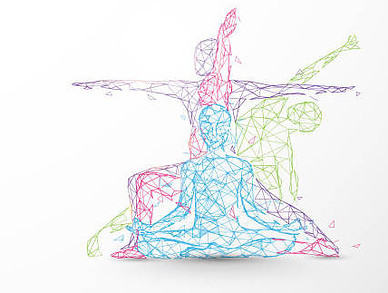 Yoga is the result of thousands of years of experience, with testimonies of at least 5,000 years old, being more than a rich practice of knowledge a lifestyle that heals, cares, and strengthens the body, the mind, and the spirit with the practice of asanas, breathing, and meditation.
Yoga is the result of thousands of years of experience, with testimonies of at least 5,000 years old, being more than a rich practice of knowledge a lifestyle that heals, cares, and strengthens the body, the mind, and the spirit with the practice of asanas, breathing, and meditation.
Let´s say Yoga is:
A philosophy of life, a science, and art, that integrates mind, body, and spirit, and the individual with God, the Universe, the supreme, or the whole.
And if you wonder why:
It´s because this ancient discipline born in India is organized into several branches that offer a complete health system, ordered to outline specific standards of lifestyle, hygiene, and detoxification, as well as physical and psychological practices that lead to more integrated personal development.
2. B.K.S Iyengar
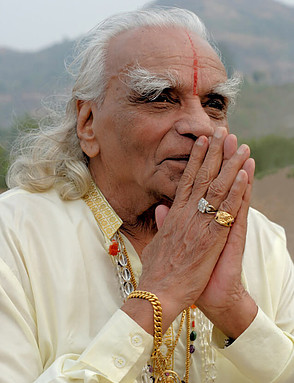 Bellur Krishnamachar Sundaraja Iyengar originally from India was the creator of ¨Iyengar Yoga¨. He was born on December 14, 1918, in Bellur, where his father, Sri Krisnamachar, was a schoolteacher. And ¨Guruji¨ ( how he is called and remembered) didn’t have good health during his childhood. That´s the reason why at the age of 16 he began practicing Yoga with her older sister’s husband, Sri T Krishnamacharya, a man of great physical strength with a lot of talent and culture.
Bellur Krishnamachar Sundaraja Iyengar originally from India was the creator of ¨Iyengar Yoga¨. He was born on December 14, 1918, in Bellur, where his father, Sri Krisnamachar, was a schoolteacher. And ¨Guruji¨ ( how he is called and remembered) didn’t have good health during his childhood. That´s the reason why at the age of 16 he began practicing Yoga with her older sister’s husband, Sri T Krishnamacharya, a man of great physical strength with a lot of talent and culture.
And over the years B.K.S. Iyengar also began to be recognized as a yoga teacher, and an encounter with Yehudi Menuhin, in 1952 was direct contact to help introduce Yoga into the West, where he was first known as Mr. Iyengar.
Then, the practitioners began to call this system ¨Iyengar Yoga” to differentiate it from the Yoga taught by other teachers, and from then on “Iyengar Yoga” became a system that expanded around the world inspiring all kinds of people and ages.
I am sure you are probably curious what this ¨Iyengar Method¨ is all about, so keep expanding your Mind!
3. What is Iyengar Yoga
It´s a variation of Hatha yoga, (one of the most popular in the West, which uses the body as a vehicle for the exploration of oneself, and whose goal is to purify body and mind) introduced in the West in the 1960s. And what B.K.S. Iyengar dedicated his life to studying, focusing his teachings on the precision of all yoga postures and the structural alignment of the physical body through the practice of asanas.
B.K.S. Iyengar becomes conscious that he has to adapt Yoga in a way that anyone can practice it, and that´s the reason why he creates a personal method in which postures are undone to their most basic form, creating ¨elements or props¨ with which the body can expand according to the personal capacity of each individual.
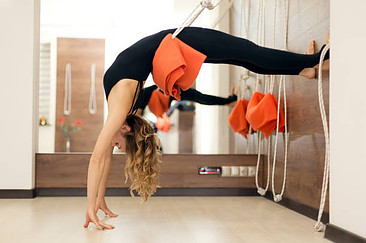 A system in which accuracy is a must in the execution of each posture, performing the asanas (postures) step by step consciously and not mechanically to achieve greater control of the body in its entirety. To do this, postures are developed to their most elemental forms, starting with the mastery of the body from the feet, toes, legs, and so on…
A system in which accuracy is a must in the execution of each posture, performing the asanas (postures) step by step consciously and not mechanically to achieve greater control of the body in its entirety. To do this, postures are developed to their most elemental forms, starting with the mastery of the body from the feet, toes, legs, and so on…
Although, what this method makes clear is that you can’t stand upside down if you don’t know how to stand properly on your feet first, right and simple!
The practitioner or ¨Sadhaka¨ must dwell on the details making the body his/her laboratory, as they are what make the body more alienated and symmetrical.
4. What are the ¨Props¨
An awesome feature that makes the Iyengar method different is the use of aid elements called ¨Props¨, which facilitate the practice of this technique to help stretch and open up the body. And among some of them that I highly recommend are chairs, belts, yoga headstand bench chairs, benches, blankets, bricks, backs, bolster, mats, etc.
The good thing is that with props each person seeks to reach their personal limit of maximum extension of muscles and joints compromised within a posture. And they also play a key role in preheating the body, because performing a very difficult posture with a cold body could cause injury, plus helping us stay in a posture for a longer time more pleasantly. Props in ¨Iyengar Yoga¨ are like water for life!
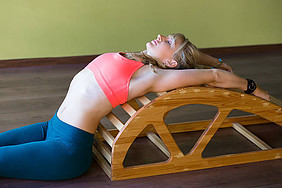 Therapeutic benefits of Props:
Therapeutic benefits of Props:
- The flexibility of the spine allowing overcoming rigidity
- Prevent cervical injuries in inverted postures
- They relieve chronic pains of the spine, muscles, joints, tendons, etc.
- They are very useful in the treatment of different diseases and also for pregnant women
5. Who can practice Iyengar Yoga
I think anyone can practice it, and I highly recommend it after practicing it myself for more than 8 years and becoming part of my way of life. As practice is a good starting point for beginners, being a system that concentrates on careful alienation of the body helping through props to acquire flexibility, plus a great physical therapy focusing on the mobilization of the joints as well.
Although, classes require a lot of concentration, and the only assiduous practice of Iyengar Yoga can lead you to that perfection of asanas. Breathing (Prayanama) and yoga postures are also the paths to yoga meditation, according to its founding teacher, that´s why Iyengar yoga is also known as ¨moving meditation¨.
Thus, if you want to be flexible physically and mentally, what are you waiting for to put ¨Iyengar Yoga¨ in your life!
I hope you enjoyed this article and if you have any questions, you can ask me anytime!
Love always,
Mónica :-))
Recent Posts
- Women’s Health And Menopause
- How To Eat A Healthy Breakfast
- Best Anti-inflammatory Foods
- Turmeric-The Queen Of Spices
- Yoga Classes/Contact